
Tech Blog
Search our Tech Blog:
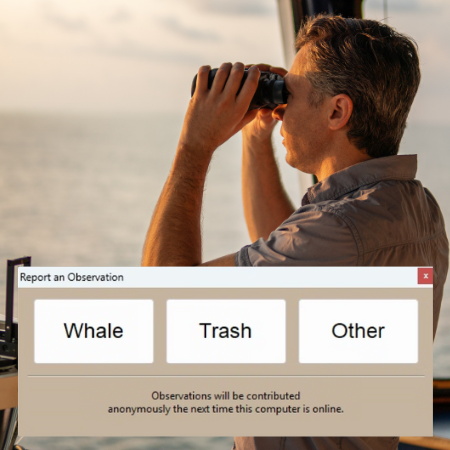
Citizen Science: Contributing Whale and Trash Sightings
Since 2023, FarSounder customers have been engaging in citizen-led science simply by using their Argos Forward Looking Sonar systems and sharing data with very little effort. There are multiple features in which users can participate in global marine initiatives through contributing bathymetric data they collect and reporting whale and trash sightings.
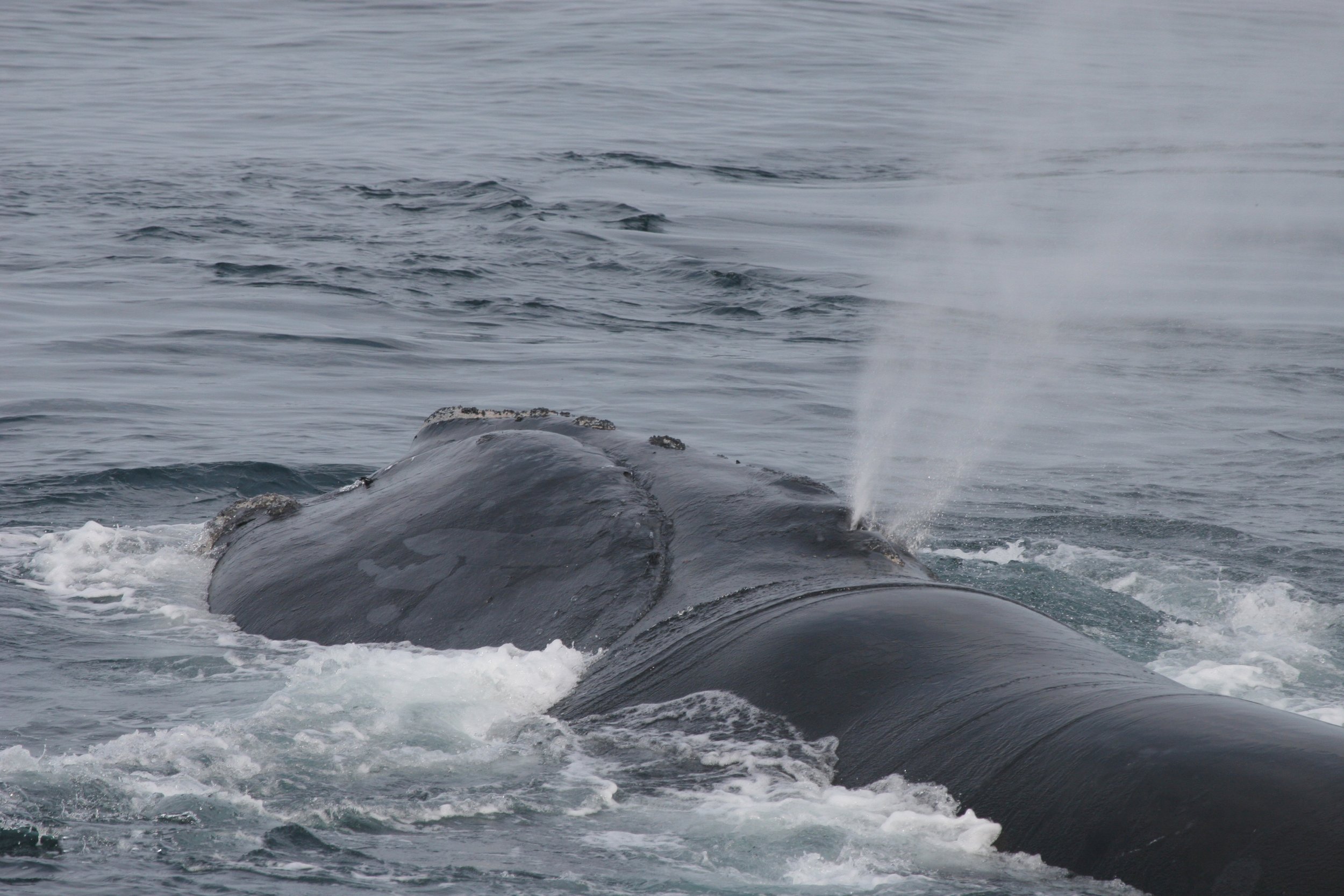
Reducing the Risk of Whale Shipstrikes
NOAA has withdrawn proposed amendments to the North Atlantic Right Whale Vessel Strike Reduction Rule under the Marine Mammal Protection Act. However, this doesn’t mean that the North Atlantic Right Whales are no longer in danger. Existing technologies that are safe for marine life can play a role to reduce risk of shipstrikes.

Understanding vessel operations, sonar, and whale safety
The grace of an enormous whale captures the attention of nearly everyone who’s ever seen one. These incredible creatures are the focus of tourist industries around the world and have captured the hearts of children and adults alike. Unfortunately, most marine mammal populations are fragile. One of the leading causes of death for the great whales is shipstrike. As the world looks to new technologies to assist in whale avoidance, it is important that it has no impact on the whales and the environment. Likewise as regulations evolve, operating vessels near whales requires a strong understanding of the regulations, a strict adherence to safe practices, and the effective use of the right technologies.

Datasharing, Crowdsourcing and Community Contributions
“We know more about the surface of Mars than we do about the seafloor here on earth” is a rallying cry that has been heard across the marine world. Perhaps you are interested in a better understanding of our world and want to know if you might be able to help improve our knowledge. Crowdsourcing, data sharing, and citizen science initiatives are common terms, but understanding how you and your vessel can contribute to these efforts can be confusing. This tech blog is intended to clarify your options and explain how to get involved using an Argos forward looking sonar.
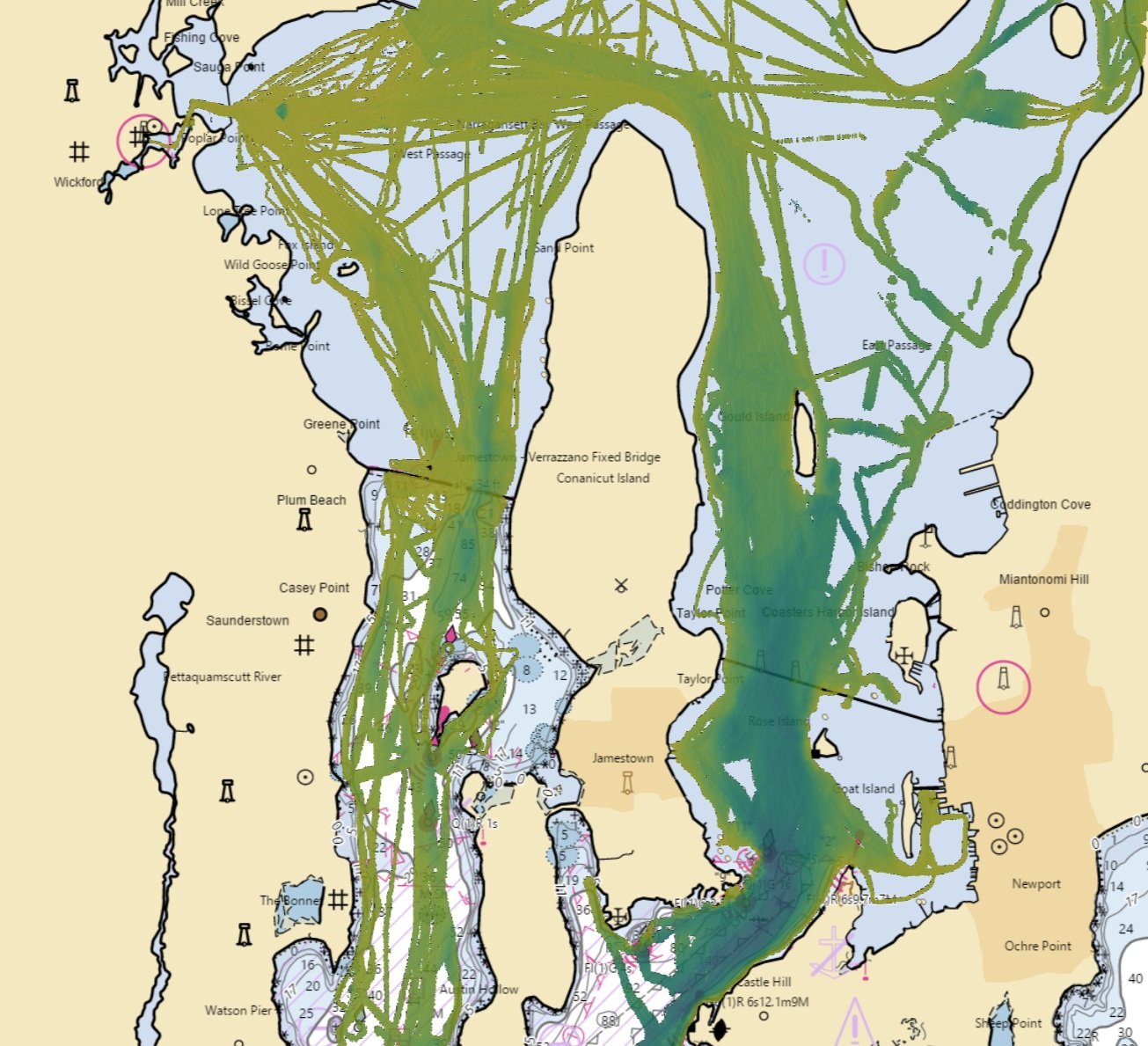
Sharing Across the Fleet
We are moving our Local History Map™ off the vessel to share across the FarSounder fleet and enabling our customers to contribute to global efforts to build a complete map of the sea floor across all the world’s oceans. Participants receive the benefit of backing up the Local History Map™ they collect in the cloud and have the satisfaction of knowing that contributions will benefit the community and may be included in the Seabed 2030 initiative.
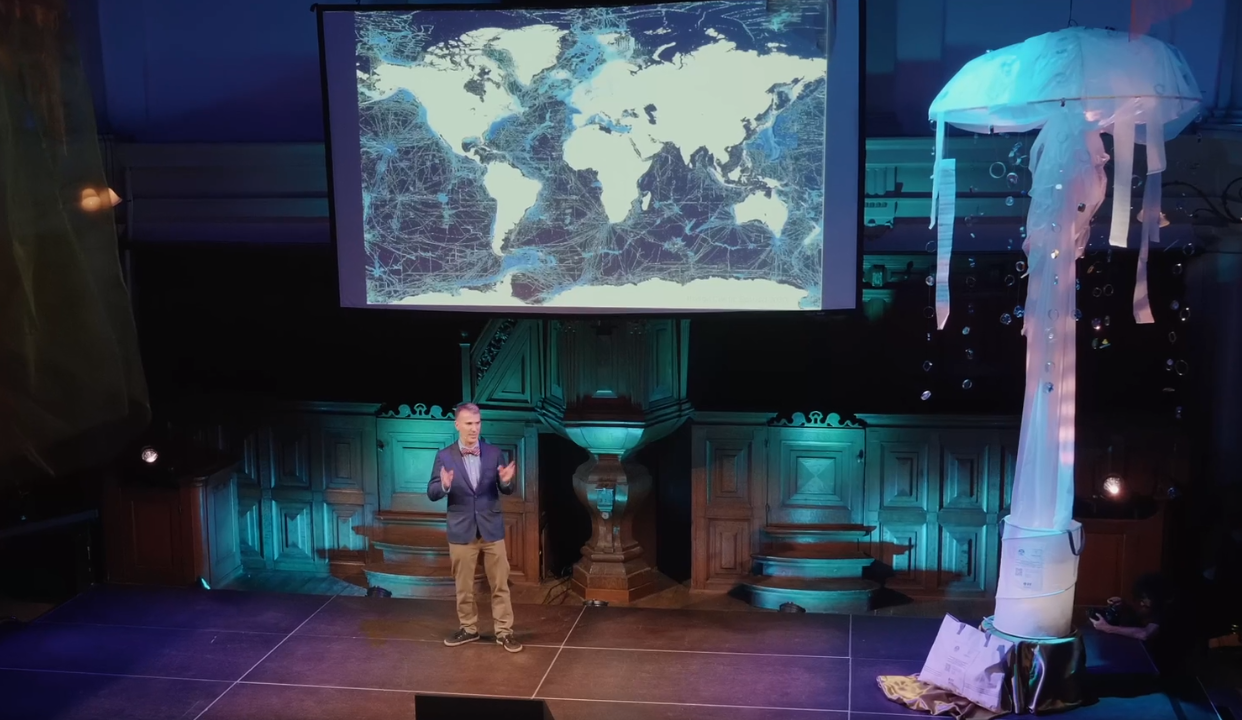
VriThink Night Out: Enabling Scientific Access to Exclusive Locations
One allure of yachting is to be immersed in the unspoiled beauty of experiencing exclusive locations. This often means venturing into the unknown. With less than 20% of our world’s ocean floor mapped, we know the topography of the Moon and Mars in greater detail than the bathymetry of our own planet. Seabed 2030 aims to change this. Using the equipment already installed on board, yachts have the opportunity to contribute valuable scientific observations that would not otherwise be feasible to collect.
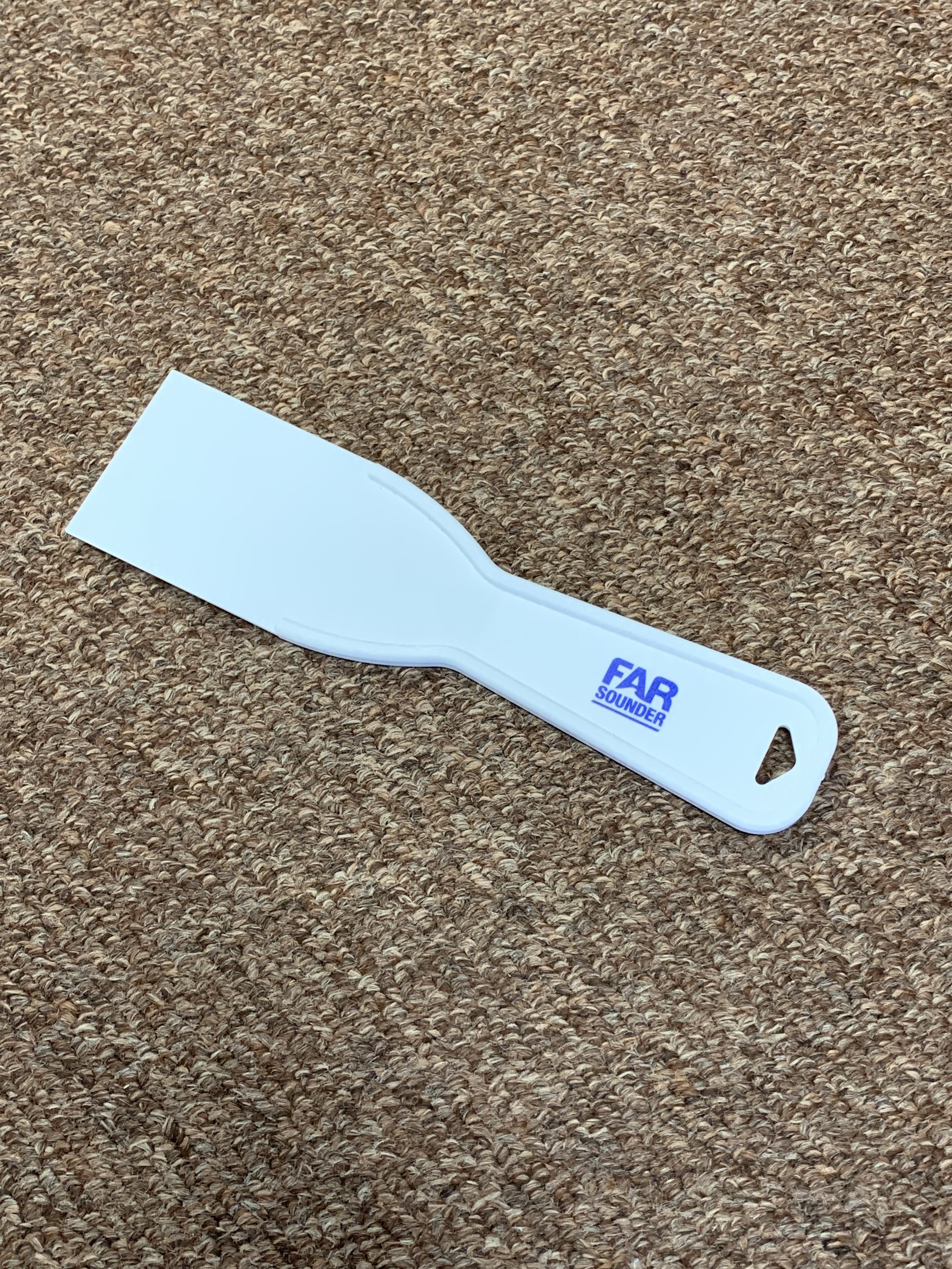
Marine Biofouling: Cleaning and Prevention
Like any other sonar system, the array face on a FarSounder Transducer Module can become fouled with marine growth. Keeping your Transducer Module’s array face clean from marine growth is important for optimal sonar performance. While simple cleaning methods can be used to remove growth, applying FoulFree to the urethane can significantly reduce the amount of fouling to be cleaned. This blog post covers the Do’s and Don’t of keeping your sonar clean of biofouling.

FarSounder's Sonar Cable Advance Program
We offer advance delivery of our sonar connection cables at no charge for any qualified new build that includes a fairing for one of our sonars. In this way, it's easy for the owner's team to include the sonar system when they are selecting the rest of the navigation electronics.
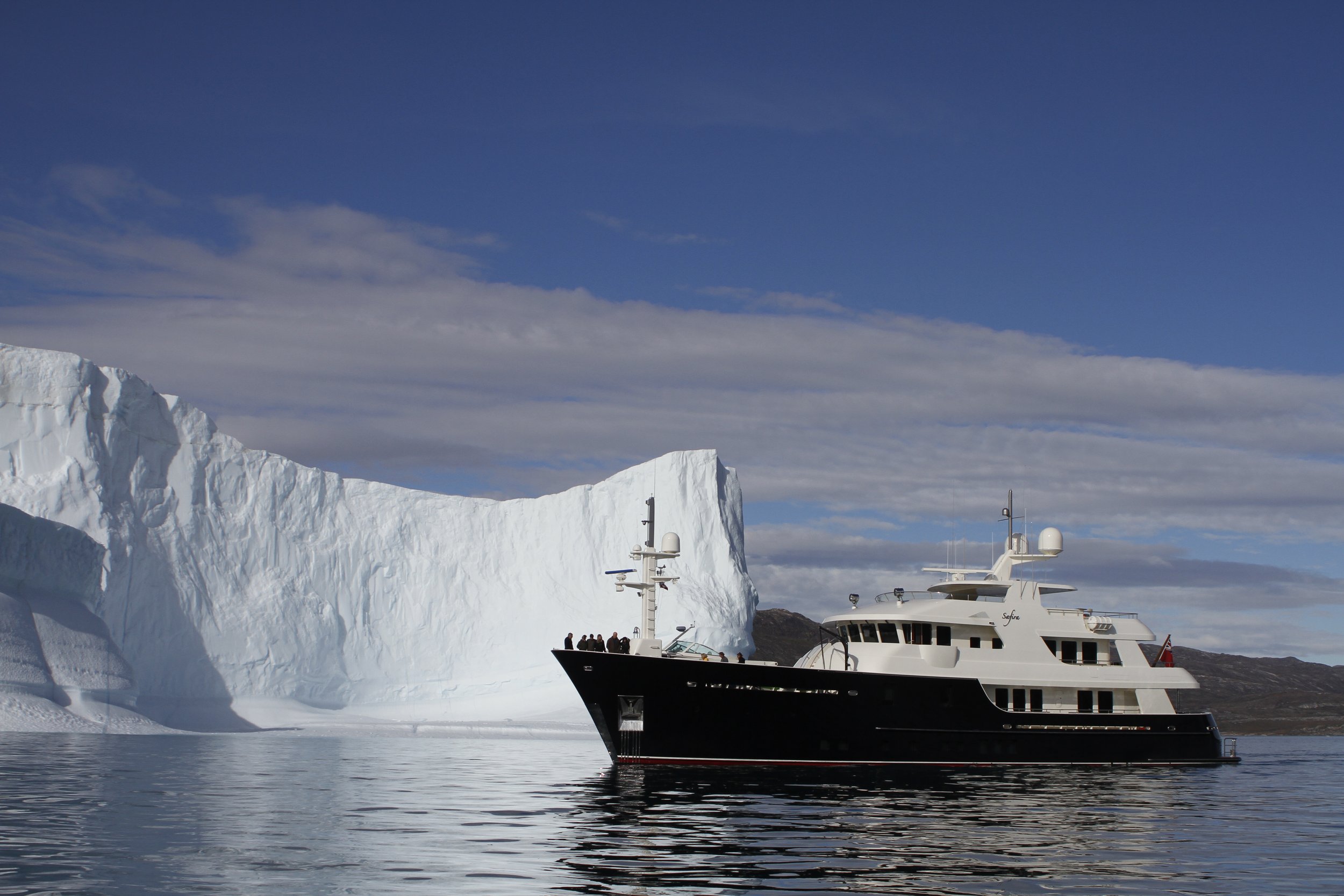
The Evolution of Forward Looking Sonar
Time is like the ocean; you can only hold a little in your hands. Time passes though your fingers so fast. As we look back on the last twenty years, we can’t believe how much it has flown by. It seems like yesterday we were testing the early versions of this technology. So much has happened since then, and the technology has come so far.
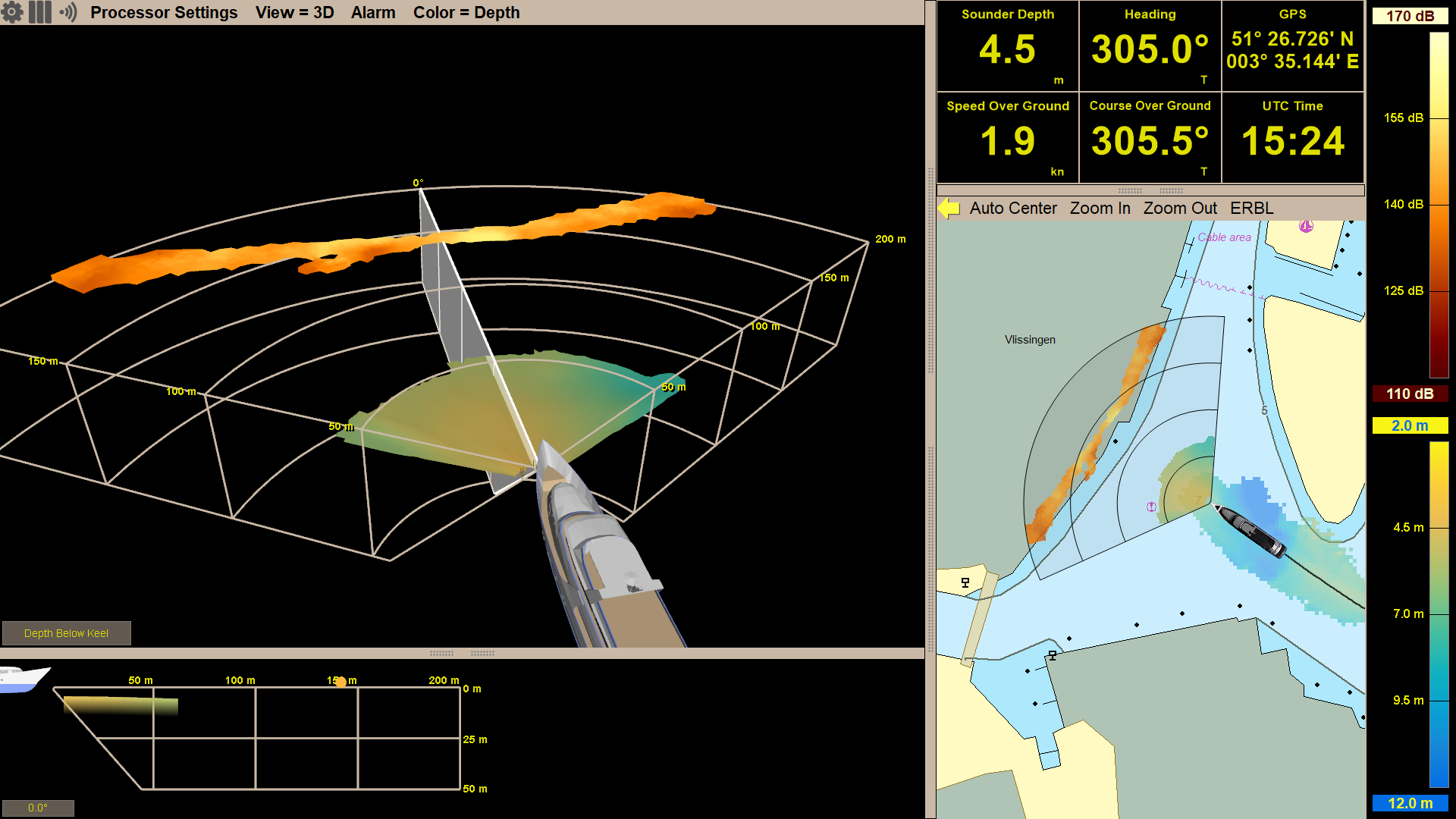
Heightened Awareness in Short Range Modes
Did you know the Argos sonar systems offer dynamic fields of view? This gives the user different range options to choose from based on the marine environment and use case. In order to get the best sonar performance and most accurate detections, the operator is able to alter the mode accordingly. When transiting at significant speeds, operators will most likely want to use the longest range mode, giving them the most reaction time to any navigation hazards. While maneuvering through coral heads or looking for anchorage spots and traveling slower, users will many times prefer to be using a short range mode.
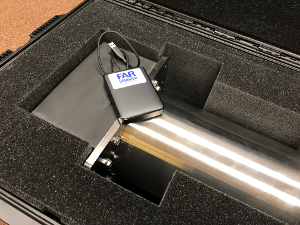
Expedition Sourced Ocean Data Program: Surveying the Seafloor
The world’s oceans and the environments they encompass are vast and varied. The bathymetric contours and acoustic conditions found in the seas, oceans, and bays throughout the latitudes mirror this complexity. FarSounder sonars are designed to bring clarity in these varying conditions to the operators aboard our customers’ ships. Over the years, we’ve amassed many terabytes of sonar data from vessels and locations around the world with varying times of year, installation types, vessel speeds, and signal types. This data is used to continually test new software releases and algorithms.
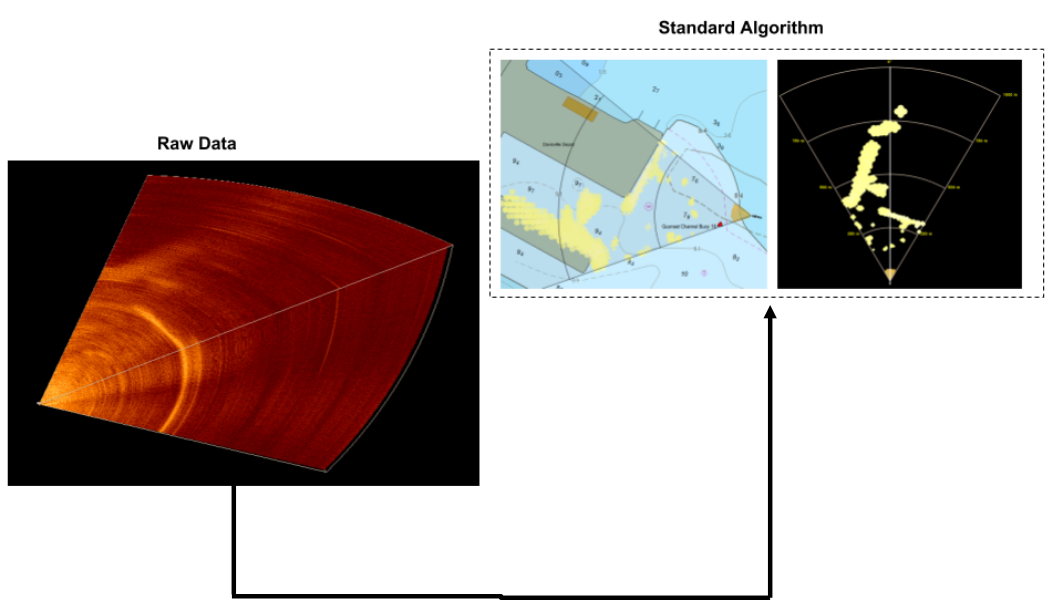
Deep Learning in Shallow Water
Convolutional neural network (CNN) models have grown in popularity in recent years by demonstrating impressive performance in many fields. These models have been applied to complex problems in many domains. Given the added performance and flexibility offered by these models, we had to ask: “Can we incorporate a CNN based model into our current processing algorithm?”

Hotkey Support for Custom Controls, Foil Panels, and Touch Screens
Integration flexibility is one of the key aspects to FarSounder’s software. Since SonaSoft 3.0, all end user features can be controlled with only a 2 button mouse/trackball and the design of the user interface facilitates the use of touch screen monitors. We also offer low level integration via a network based SDK.
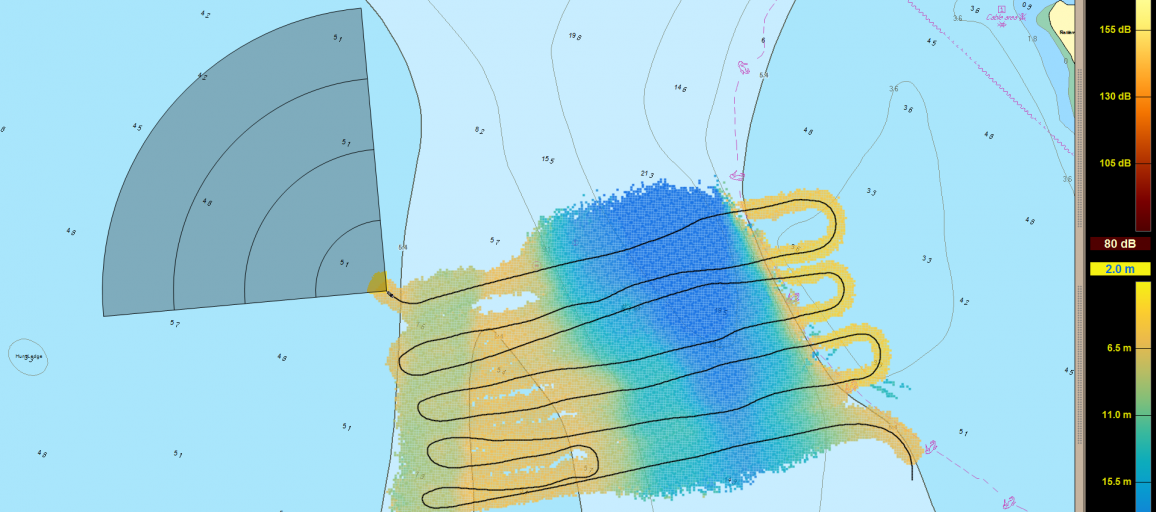
Local History Mapping™ with Forward Looking Sonar
To date, FarSounder’s 3D FLS products have operated purely as real time navigation and obstacle avoidance sonars. Our user interface software includes an overlay of the real time sonar imagery on top of a standard nautical chart. However, since the early days of our development, we have always believed that storing the sonar data and building a bathymetric history would be a valuable capability. Some years ago, we started developing our first Forward Looking Multibeam (FLMB) proof-of-concept. Today we are excited to announce that starting with SonaSoft 3.3, Local History Mapping™ will be included as a standard feature.
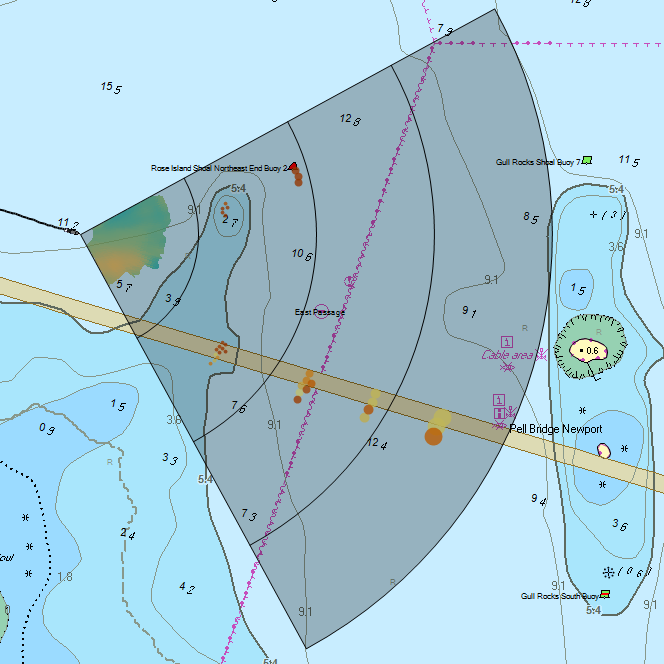
What to Expect From Your 3D Forward Looking Sonar
FarSounder forward looking navigation sonars are unlike any other sonar on the market. Our sonars generate a complete 3D image ahead of the vessel at navigationally significant ranges with each and every ping. Because our technology differs from all other sonar products, we try to be very straightforward and clear about what our products can and cannot do. The purpose of this posting is to highlight the unique capabilities that users can expect from our navigation products as well as outline the general installation and interfacing requirements.
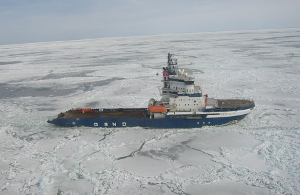
New Navigation Techniques for Arctic Exploration
In today’s world of instant communications, constant connectivity, and virtual reality, it is easy to forget that there are still vast expanses of our world that are undiscovered and unknown. Polar regions make up much of that vast unknown. Yet in the past few years, the number of vessel excursions into these areas is increasing steeply. Shipping, tourism, oil exploration, science, and EEZ expansion are all driving this surge. With this surge comes increased risk of navigational hazards as many of the “classic” navigation tools (recent surveys, stable buoys and channel markers, and good gps coverage) are not available or practical in these areas.
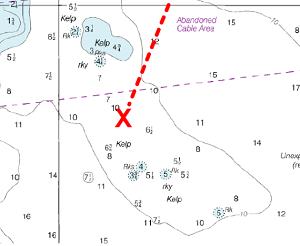
Vector Data Extraction from Forward-Looking Sonar Imagery for Hydrographic Survey and Hazard to Navigation Detection
Abstract - This paper describes research to determine the effectiveness of forward-looking sonar as a means to safely navigate vessels in frontiers such as the Arctic and other regions that may be lacking recent or comprehensive hydrographic survey. Key elements of this investigation include the range at which valid measurements may be taken, uncertainty in measurement, confidence level of the measured value and resolution available to detect underwater hazards affixed to the bottom and suspended within the water column to provide time sufficient to enable the crew to take action to alter course and/or speed to avoid casualty. An additional factor involves examining forward-looking sonar measurements as a means to survey shallow sea bottom where hydrography data does not exist or is not accurate, potentially offering a valuable resource to supplement scarce national hydrographic office assets to accomplish this task. An assessment of viability is also made regarding compliance with the International Hydrographic Organization (IHO) standards for hydrographic surveys that form the basis for soundings that appear on navigation charts.

Integrating FarSounder Navigation Sonars into Wärtsilä NACOS
We recently announced the integration of our navigation sonars into the newest Wärtsilä SAM Electronics NACOS Platinum Integrated Bridge System. Now that the first of these integrated systems has been installed for a customer, we’d like to share some more details about how we fit into their system.
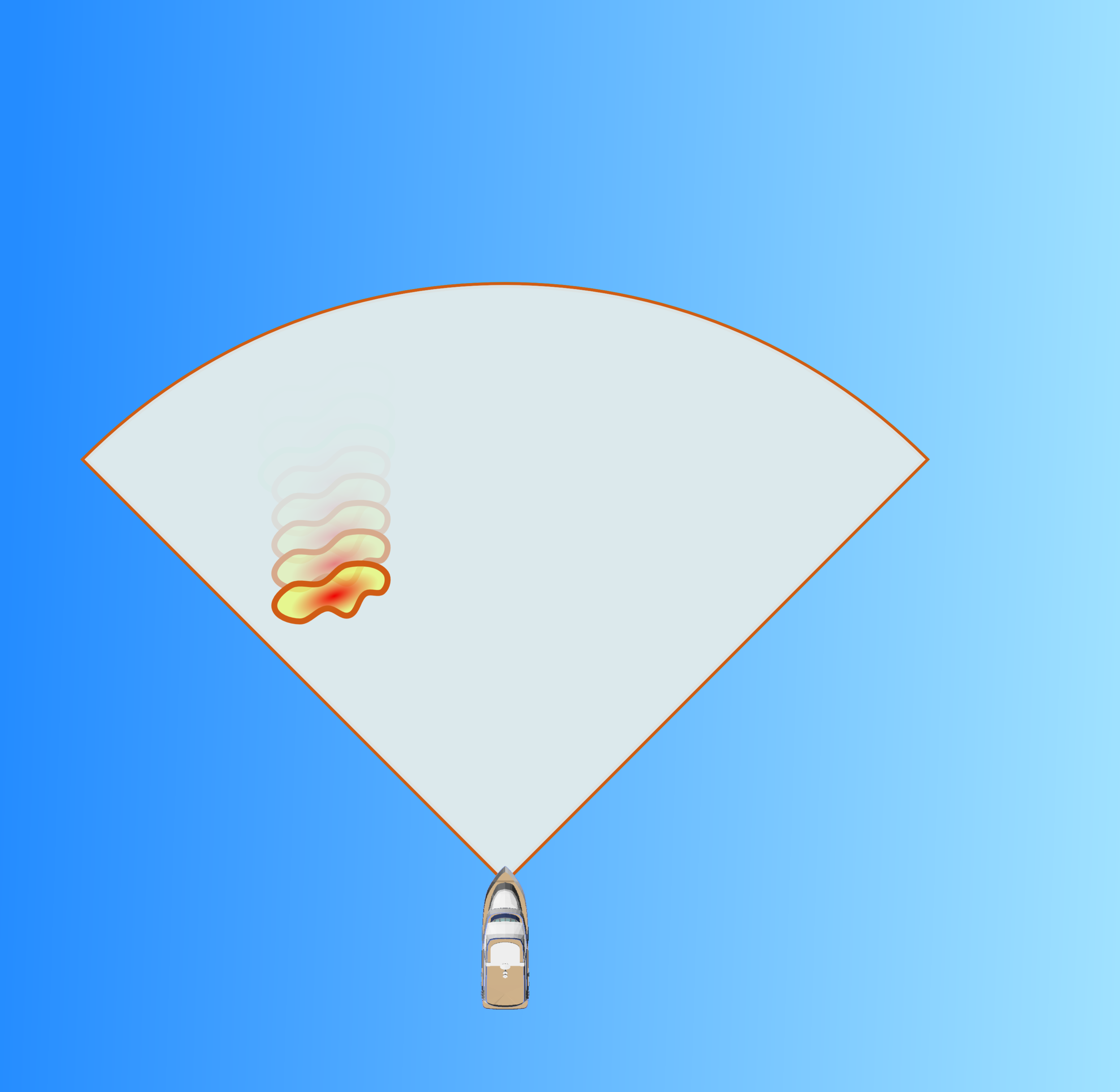
Introducing True Target Motion™ for 3D Navigation Sonar
Improving the situational awareness of obstacles below the sea surface is the reason we developed our 3D forward looking sonars. True Target Motion™ is our latest innovation for improving upon that awareness. This new software feature combines inputs from the ship’s heading and GPS sensors with our navigation sonar data to animate the movement of detected sonar targets relative to the vessel between each ping. Without True Target Motion™ the position of each sonar target can only be updated once every ping. Now, target positions are updated as the vessel moves between pings.
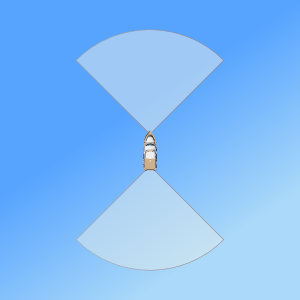
Eyes in the Back of Your Head - Introducing Dual Navigation Sonar
Forward looking sonars significantly add to a ship's situational awareness when moving forward. But what about when the vessel is moving astern? With more and more yachts, workboats, expedition class passenger vessels, and arctic explorers being outfit with azimuth thrusters and advanced DP, larger vessels are finding their way into tight places with a need to back up. If you need an obstacle avoidance sonar to make your way in, sometimes you need one to make your way out - especially with the reduced situational awareness of the bridge facing forward and the vessel running astern.
